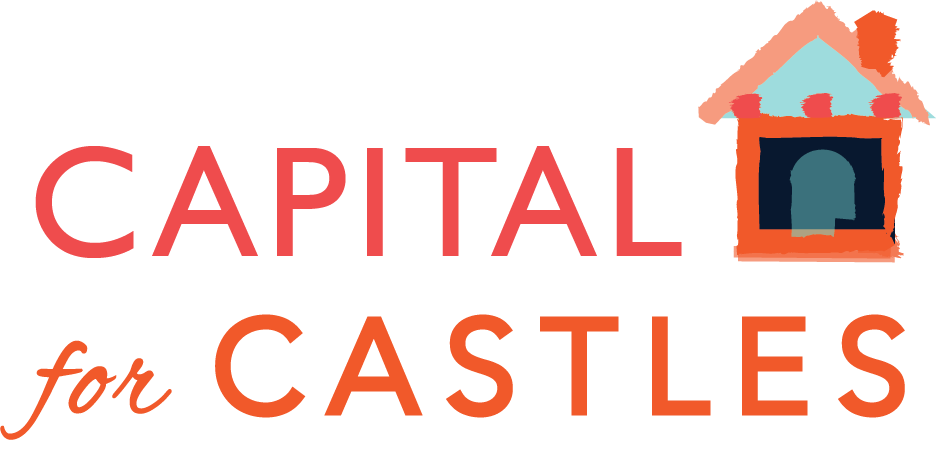A Practical Guide to Home Buying: Beyond the Basics
Buying a home is one of the most significant financial decisions many people make. While plenty of guides cover the basics, navigating the real-world complexities requires a deeper understanding. This practical guide explores common deposit myths, lender options, available grants, and the emotional pitfalls that can arise during the home buying journey.
Debunking Deposit Myths
Myth 1: A 20% Deposit Is Mandatory
Many believe that a 20% deposit is the only way to secure a home loan. In reality, many lenders accept deposits as low as 5-10%. However, a smaller deposit may require paying Lenders Mortgage Insurance (LMI), which protects the lender if the borrower defaults.
Myth 2: Gifts and Family Assistance Aren’t Allowed
Some buyers think only personal savings count toward a deposit. In fact, many lenders accept gifted funds from family, provided there’s documentation showing the money is a genuine gift and not a loan.
Myth 3: All Savings Must Be in One Account
Lenders typically want to see a history of “genuine savings,” but these can be spread across multiple accounts. The key is providing clear statements and a consistent savings pattern.
Exploring Lender Options
Major Banks
Major banks offer stability and a wide range of products. They often have strict lending criteria but may provide competitive rates for those with strong financial profiles.
Credit Unions and Mutual Banks
These member-owned institutions may offer more personalized service and flexible lending criteria. They can be a good option for buyers with unique circumstances or those seeking a community-focused approach.
Mortgage Brokers
Mortgage brokers act as intermediaries, comparing products from multiple lenders to find the best fit. They can help buyers with complex financial situations or those unfamiliar with the lending landscape.
Online Lenders
Digital lenders often provide streamlined applications and competitive rates. They may have fewer fees and faster approval times, but less face-to-face support.
Navigating Grants and Assistance
First Home Owner Grants
Many governments offer grants to first-time buyers. Eligibility criteria vary, but these grants can significantly reduce upfront costs.
Stamp Duty Concessions
Some regions provide stamp duty discounts or exemptions for first-time buyers or those purchasing below a certain price threshold.
Shared Equity Schemes
Shared equity programs allow buyers to purchase a portion of a property, with the government or another party owning the remainder. This can lower the deposit and mortgage required.
Low Deposit Schemes
Some governments guarantee part of the loan for eligible buyers, allowing them to purchase with a smaller deposit without paying LMI.
Avoiding Emotional Pitfalls
Falling in Love with a Property
Emotional attachment can lead to overbidding or overlooking flaws. Set a budget and stick to it, no matter how appealing a property may seem.
Fear of Missing Out (FOMO)
Rushing into a purchase due to market hype can result in poor decisions. Take time to research and ensure the property meets long-term needs.
Overlooking Hidden Costs
Beyond the deposit and mortgage, buyers must budget for legal fees, inspections, insurance, and moving costs. Failing to account for these can cause financial strain.
Ignoring Red Flags
Desperation to buy can lead to ignoring issues like structural problems or unfavorable contract terms. Always conduct thorough inspections and seek professional advice.
Conclusion
Home buying is more than just saving a deposit and securing a loan. By understanding the realities behind common myths, exploring all lender options, leveraging available grants, and managing the emotional aspects, buyers can make informed decisions and achieve their property goals with confidence.
